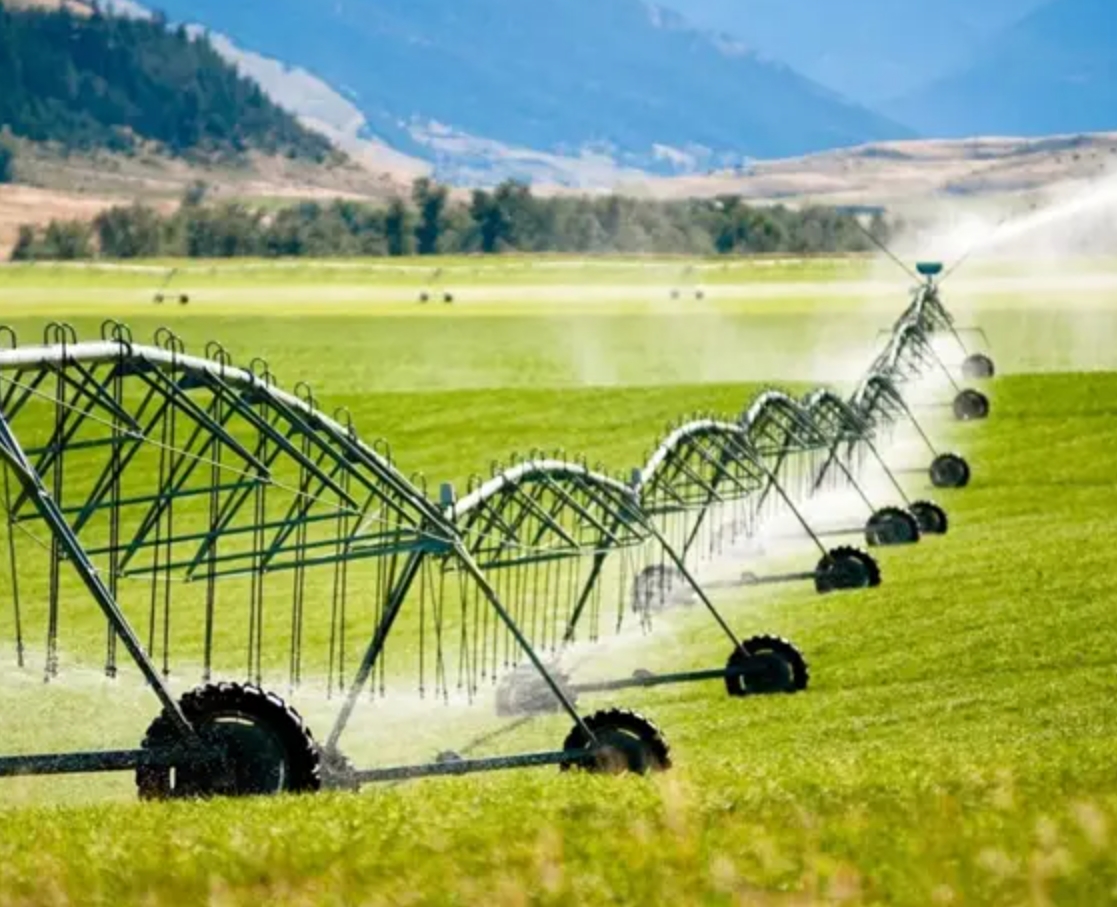What are the modern irrigation technologies?
Agricultural irrigation technologies have evolved significantly, encompassing traditional methods and modern high-efficiency systems to optimize water use, adapt to crop needs, and promote sustainability. Below is a classification of key irrigation techniques and their features:
- Traditional Irrigation Methods
- Surface Irrigation
– Flood Irrigation
– Basin Irrigation
3.Submersion Irrigation
High-Efficiency Water-Saving Technologies
4.Sprinkler Irrigation
– Principle: Pressurized pipes spray water into the air, mimicking rainfall.
– Types: Fixed, portable, and center-pivot systems.
– Advantages: Saves 30–50% water, suitable for uneven terrain (e.g., hills, slopes).
– Applications: Field crops, lawns, orchards.
5.Drip Irrigation
– Principle: Delivers water directly to plant roots via pipes and emitters.
– Advantages: Saves 40–60% water, suppresses weeds, and enables fertigation (water-fertilizer integration).
– Applications: High-value crops (e.g., grapes, greenhouse vegetables), arid regions
6.Micro-Sprinkler Irrigation
– Features: Low flow rate and localized coverage, ideal for humidity-sensitive crops (e.g., seedlings, flowers).
- Subsurface Irrigation
– Principle: Moistens soil through underground permeable pipes, minimizing evaporation.
– Benefits: Highly efficient, prevents soil surface hardening, suited for deep-rooted crops.
Future Trends
– Precision Agriculture: Integration of big data and AI for optimized irrigation decisions.
– Sustainability: Scaling water-saving tech and renewable energy adoption.
– Affordability: Developing low-cost systems for smallholders (e.g., gravity-fed drip kits).




Leave A Comment